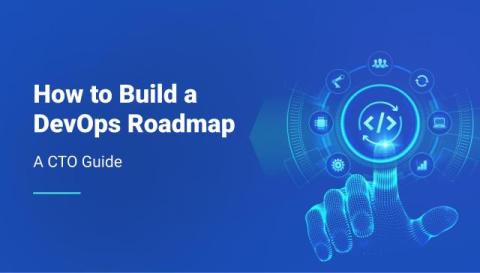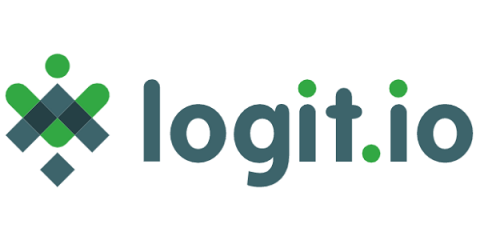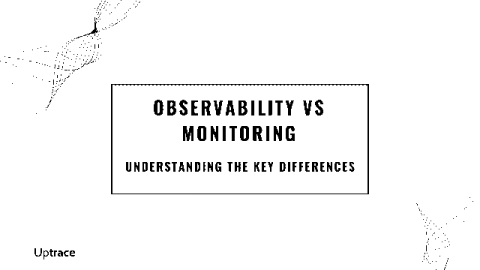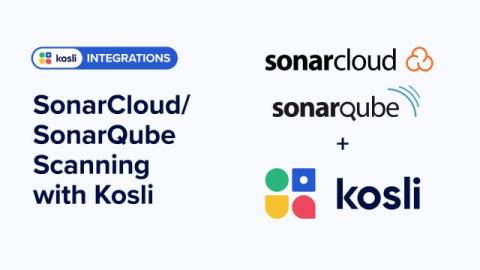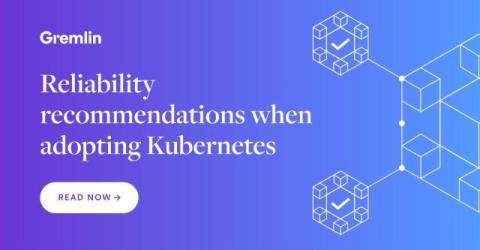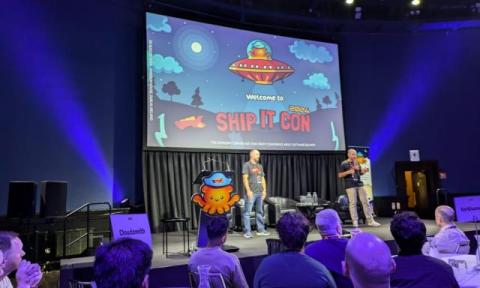How to Build an Effective DevOps Roadmap: A CTO Guide
As a CTO stepping into the fast-paced world of startups or scaling tech organizations, one of your first and most critical tasks is to chart a clear DevOps roadmap. This roadmap isn’t just a technical guideline—it’s a strategic blueprint that aligns your tech initiatives with your business goals. To succeed, your approach needs to be systematic, focusing on immediate wins while building a foundation for long-term scalability and resilience.


